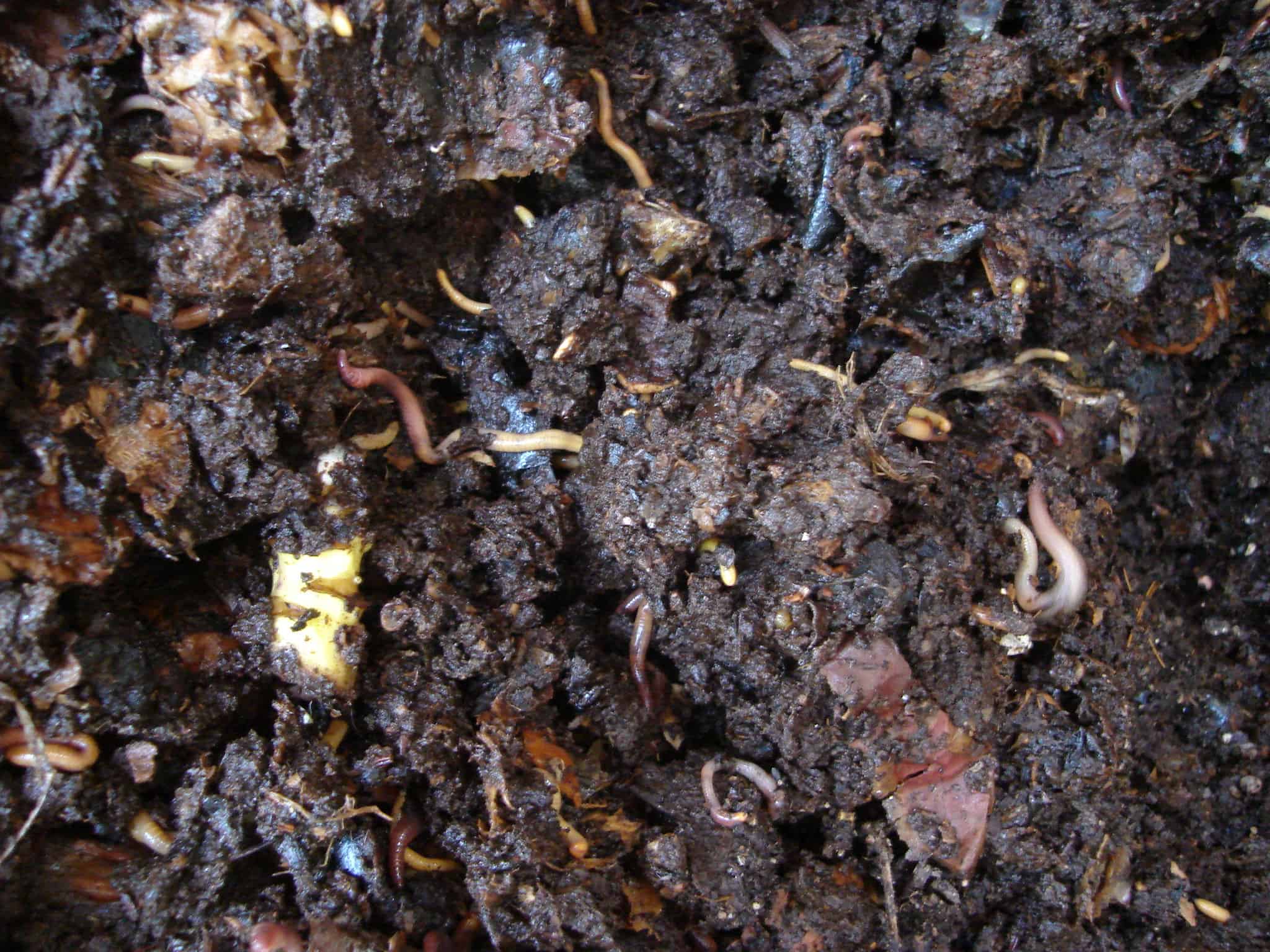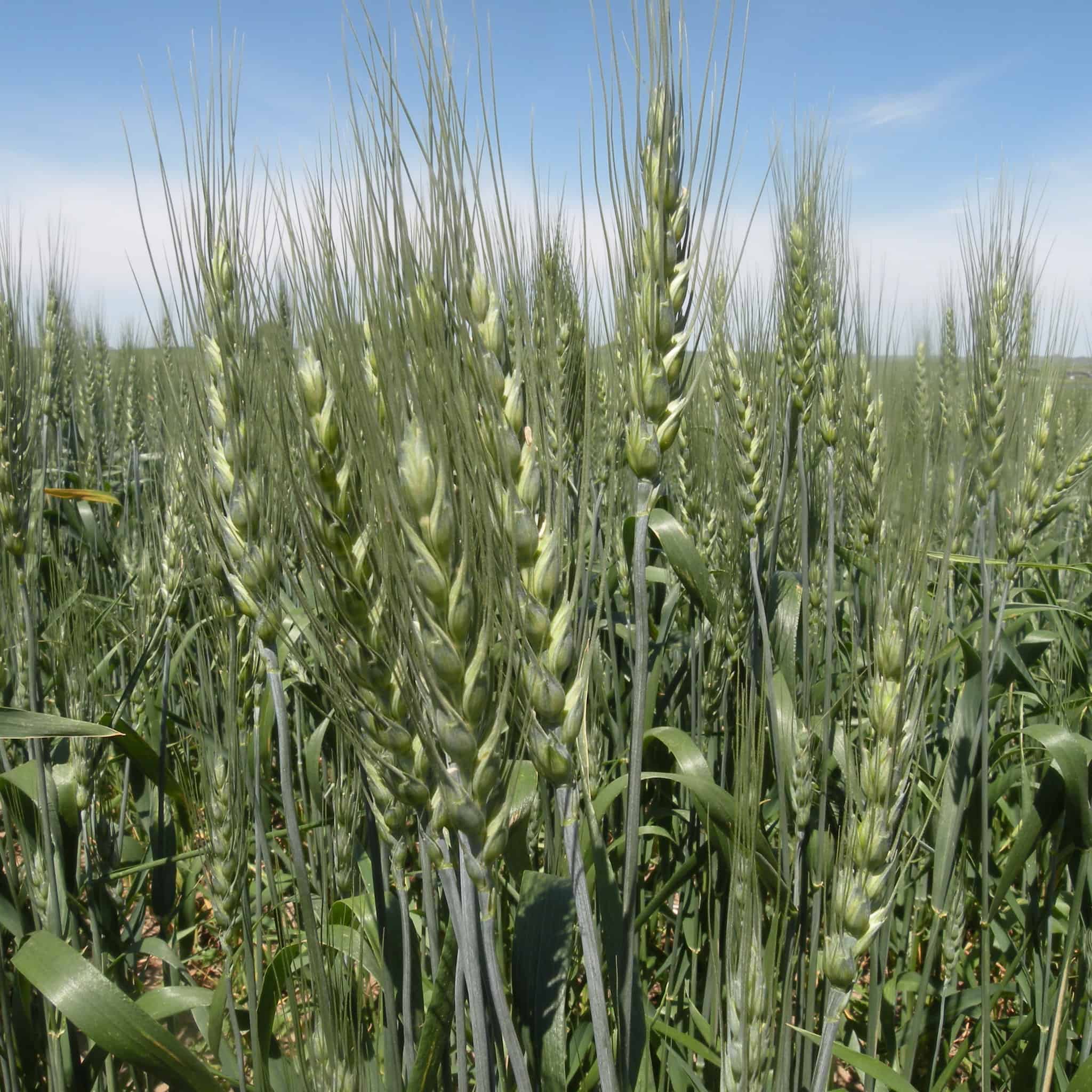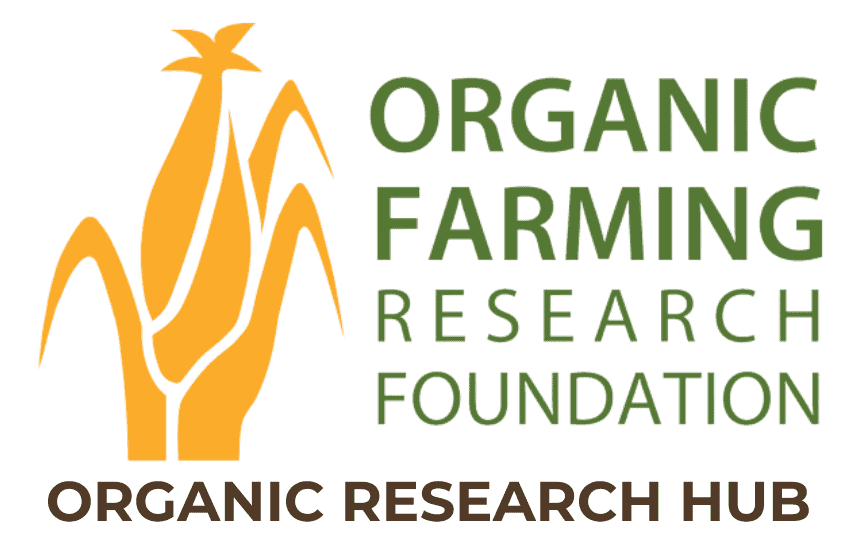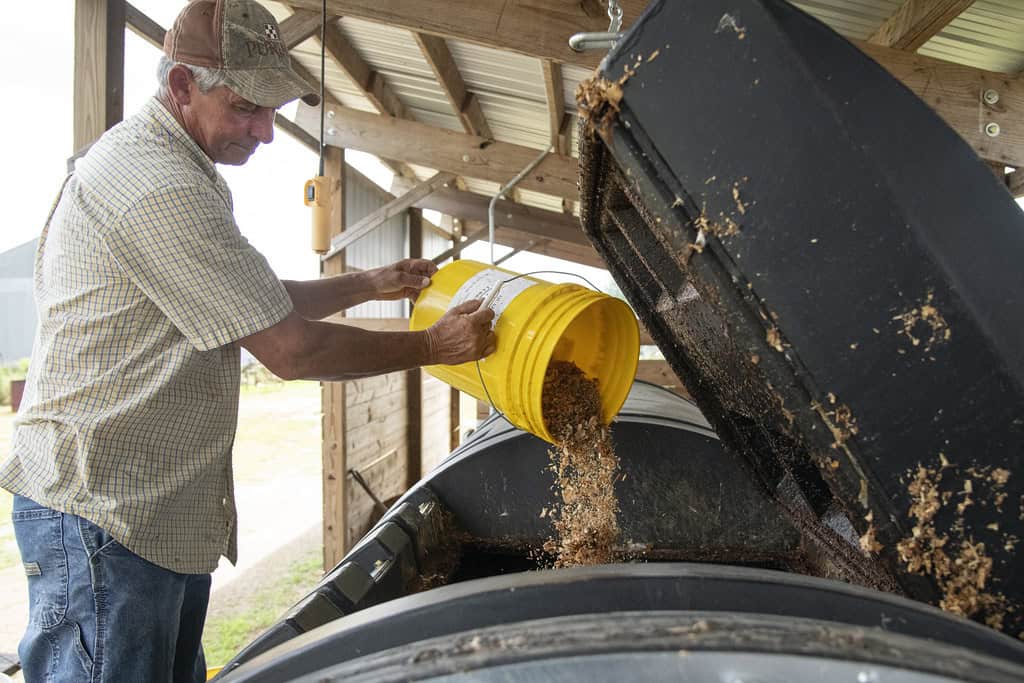From Compost Carryover to Compost Legacy: Intercropping and Compost Effects on Yield, Quality, and Soil Health in Organic Dryland Wheat
Project Director: Jennifer Reeve, Utah State University
Project overview
Low soil fertility, intense weed pressure, and climate disruption threaten the economic viability of organic dryland wheat production in the western US. The conventional wheat-fallow system degrades soil health, and the organic standards require a diverse crop rotation with cover crops. However, the region’s low rainfall limits options for rotation crops and presents organic farmers with difficult tradeoffs between grain yield and soil stewardship.
Previous OREI-funded research indicated that a one-time application of composted cattle manure + bedding can double soil organic carbon (SOC) and organic dryland wheat yields for at least 15 years after application. The current study explores this compost legacy effect in greater depth, its underlying mechanisms, and the scope and duration of benefits. Experimental treatments integrate compost use with legume intercrops and wheat variety selection to optimize organic dryland wheat production. Extreme drought and heat related to climate change severely impacted field trials and revealed climate resilience benefits from compost.

Farmer takeaways
- Compost plays a vital role in sustaining soil health, fertility, and dryland organic grain yields crop yields in the semiarid Western region.
- Compost applications every 20 years can yield net economic benefits.
- Compost stimulates root growth, builds SOM and water holding capacity from surface to 35-inch depth, and enhances crop resilience to drought and other climate impacts.
- A single heavy application (20-25 dry tons/acre) can nearly double SOM and wheat yields, with substantial benefits continuing for at least 28 years.
Project objectives and approach
Determine the legacy effects of compost on wheat yield and soil health up to 28 years after initial application to dryland soils.
Field trials were conducted in years from 2011-2020 in UT, MT, WY, and WA to compare compost application rates (0, 5.5, 11, and 22 tons/ac) on organic dryland wheat grown alone, with a winter pea intercrop, or with clover-frost-seeded into the established wheat crop. In addition, non-replicated on-farm demonstrations were conducted with a compost application in 2014, and soil health parameters and crop performance were monitored through 2022 in the original trial (compost applied in 1994).
Wheat was grown in alternate years in all trials. Measurements included crop yield, total SOM and soil organic N, microbial respiration and biomass, soil moisture, and soil enzyme activities. Wheat quality assessments were conducted with wheat buyers and consumers and utilized in an economic analysis to assess long term economic returns on the investment in compost application.
Document the effects of wheat cultivar selection, compost, and legume intercropping on organic dryland wheat yield, weed dynamics and grain quality.
Population density, canopy cover, biomass of wheat, weed suppression, wheat yield, and quality were examined in the trials conducted under the preceding objective. In addition, variety trials of 20 cultivars and advanced breeding lines were conducted at two sites for two years. Wheat accessions were grown with 22 tons/ac compost and without compost, and were assessed for stand establishment, winter survival, heading date, yield, and quality.
Key findings
- Significant soil health benefits were documented in the original 1994 trial nearly three decades after a 22 ton/ac compost application. In other trials, compost at this rate improved soil structure (aggregation, reduced resistance) and soil moisture infiltration and retention, and enhanced SOC to a depth of 90 cm. These benefits likely result from enhanced crop root growth in compost-treated plots. Wheat yields were substantially higher with compost than with urea fertilizer in Montana and Washington trials.
- In a Wyoming trial, compost and cover cropping offered complementary and additive benefits. Compost at 22 tons/ac enhanced total SOC, plant-available P, and both labile and total soil N without causing any increase in nitrous oxide (N2O) emissions. Cover crops consumed soil moisture while growing, yet this did not affect subsequent wheat yields. The cover crop also suppressed weeds and enhanced soil assimilation (removal) of methane (CH4).
- Cultivar trials gave different results in different locales, with Pronghorn and Wolf performing best in Montana and Utah, while Bobcat, Breck, Curlew and WB 4462 did best in Wyoming.
- At sites where the drought of 2021-22 did not cause a total crop failure, compost at 22 tons/ac boosted wheat yields, even when it was applied in 2015 or 2019, thus verifying the long-term benefits of a one-time investment in compost. Improved root growth, soil structure, and water retention in compost-treated plots no doubt played a major role in this finding.
- The project’s struggles with extreme weather and experiences with one-time compost applications highlight the urgent need for research and outreach to help organic farmers in the interior West and elsewhere adapt to climate change, and the value of compost in restoring soil fertility, crop vigor, and long-term resilience of organic dryland wheat farms.

Location
UtahCollaborators
Patrick Carr, Montana State University
Urszula Norton, University of Wyoming
Jay Norton, University of Wyoming
Astrid Jacobson, Utah State University
Ian Burke, Washington State University
Man-Keun Kim, Utah State University
Kynda Curtis, Washington State University
Ryan Larsen, Utah State University
Matt Yost, Utah State University
Randy Fortenbery, Washington State University
Joseph Creech, Utah State University
Carrie Eberle, University of Wyoming
SARE Region
Western
TOPP Region
West/Southwest
Topic
Soil Health, Weed Management, Climate Solutions, Cropping Systems, Business and Marketing
Category
Grain and Field Crops
Year Published
2024



